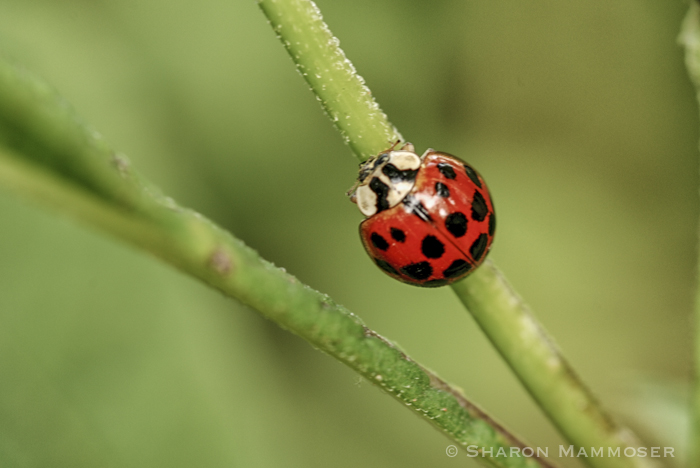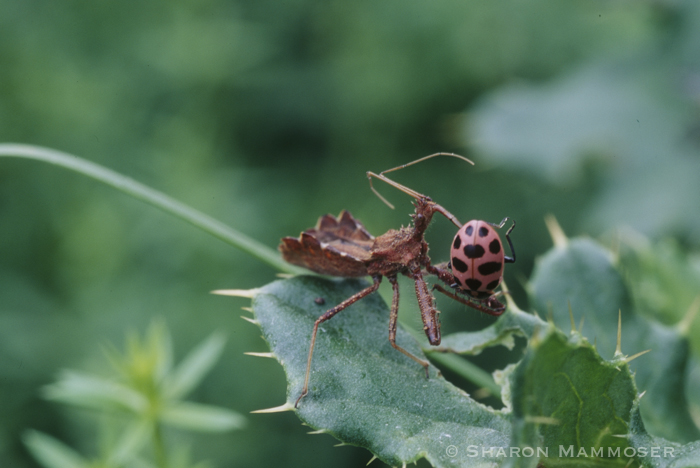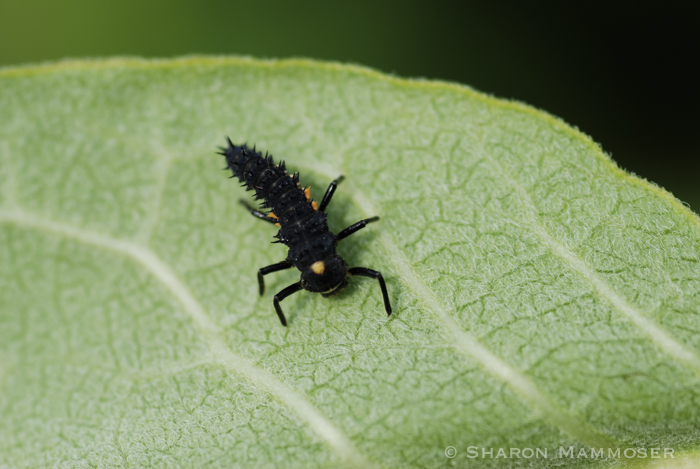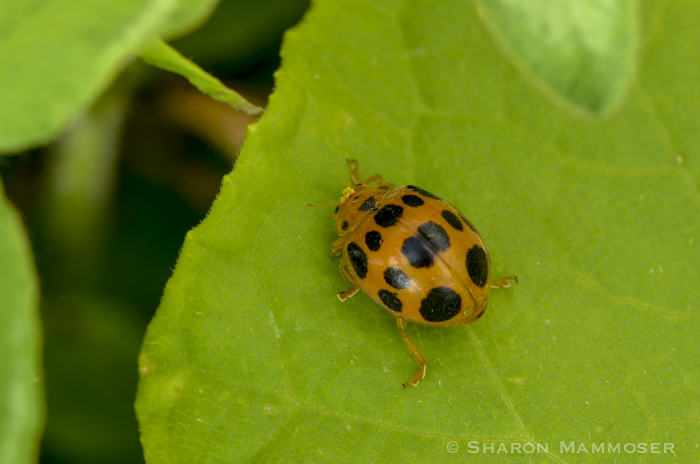 Ladybugs are one of the most recognizable insects and one that doesn’t usually provoke fear. Some states even have a ladybug species as their state insect. Do you know everything there is to know about ladybugs? Let’s see as we explore some facts about the red and black insect we call a ladybug.
Ladybugs are one of the most recognizable insects and one that doesn’t usually provoke fear. Some states even have a ladybug species as their state insect. Do you know everything there is to know about ladybugs? Let’s see as we explore some facts about the red and black insect we call a ladybug.
1. 7 states have chosen a species of ladybug as their state insect, including Delaware, Massachusetts, New Hampshire, New York, North Dakota, Ohio and Tennessee. Interestingly, the species chosen by NY–the 9 spotted ladybug–has become rare if not extinct in parts of its range, replaced by other species like the multicolored Asian ladybug.
2.Ladybugs are a type of beetle. Beetles are the most plentiful animal group on earth. There are 500 different ladybug species in North America and over 5000! species worldwide. Some are yellow, pink, red, orange, and some don’t have any spots! 
3. Ladybugs eat aphids, and lots of them! One ladybug can eat more than 50 aphids in one day and more than 5000 in their lifetime. For gardeners, this is wonderful news and the reason some actually buy ladybugs to put into their gardens. This is a natural way to control pest insects like aphids. Ladybugs also eat other soft-bodied insects like mealy bugs, white flies, and mites. 
4. Ladybugs practice cannibalism–eating others of their kind. They will eat their soft-bodied siblings that have newly molted or emerged from their pupal case. They will also eat ladybug eggs. Of course ladybugs get eaten by a lot of other creatures, such as swallows, martins and other birds, assassin bugs, dragonflies, parasitic wasps, ants, frogs, lizards, and others.

5. The larvae of ladybugs resemble tiny alligators, with their long bodies and bumpy skin. Ladybugs spend 7-21 days in the first three stages of their lives before becoming adults. (These stages are egg-larvae-pupa) They will molt 5-7 times before metamorphosing into adults.
6. Ladybugs smell with their feet and their antennae.
7. Ladybugs chew side to side rather than up and down like us.
8. Some people think you can determine the age of a ladybug by counting its spots, but this is a myth. The number of spots have nothing to do with how old the insect is. Sometimes the spot pattern can help identify the species of ladybug. If you want to help scientists, you can look for ladybugs and send in your data–learn more at the Lost Ladybug project.
9. Females are larger than males and can lay up to 1000 eggs in her lifetime and interestingly, entomologists believe she lays some fertile eggs and some infertile eggs. They seem to do this so the hatching larvae will have nourishment immediately–able to eat the infertile eggs. Of course, they might also eat the fertile eggs before the larvae have a chance to hatch out!

10. Ladybugs bleed from their knees when they are threatened. The foul-smelling fluid that seeps from their leg joints may deter a potential predator. You may have encountered this when the insects entered your house, especially in the fall before hibernation and you were left with yellow stains when you tried to kill or remove them. As an other defense, their bright red color warns predators of their distasteful nature. This is called aposematic coloration and is common in nature–can you think of other animals who use this strategy? (Monarch butterflies, yellow jackets, etc.)


Very cool! Thank you for the fun note.
You are welcome! I enjoy learning things that I can pass around to my readers. Thanks for taking time to write.